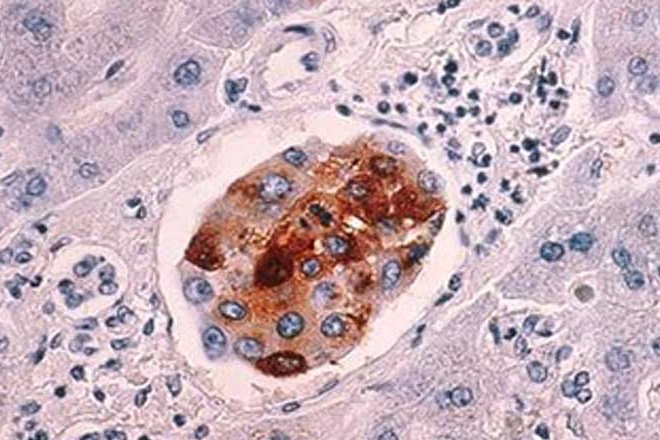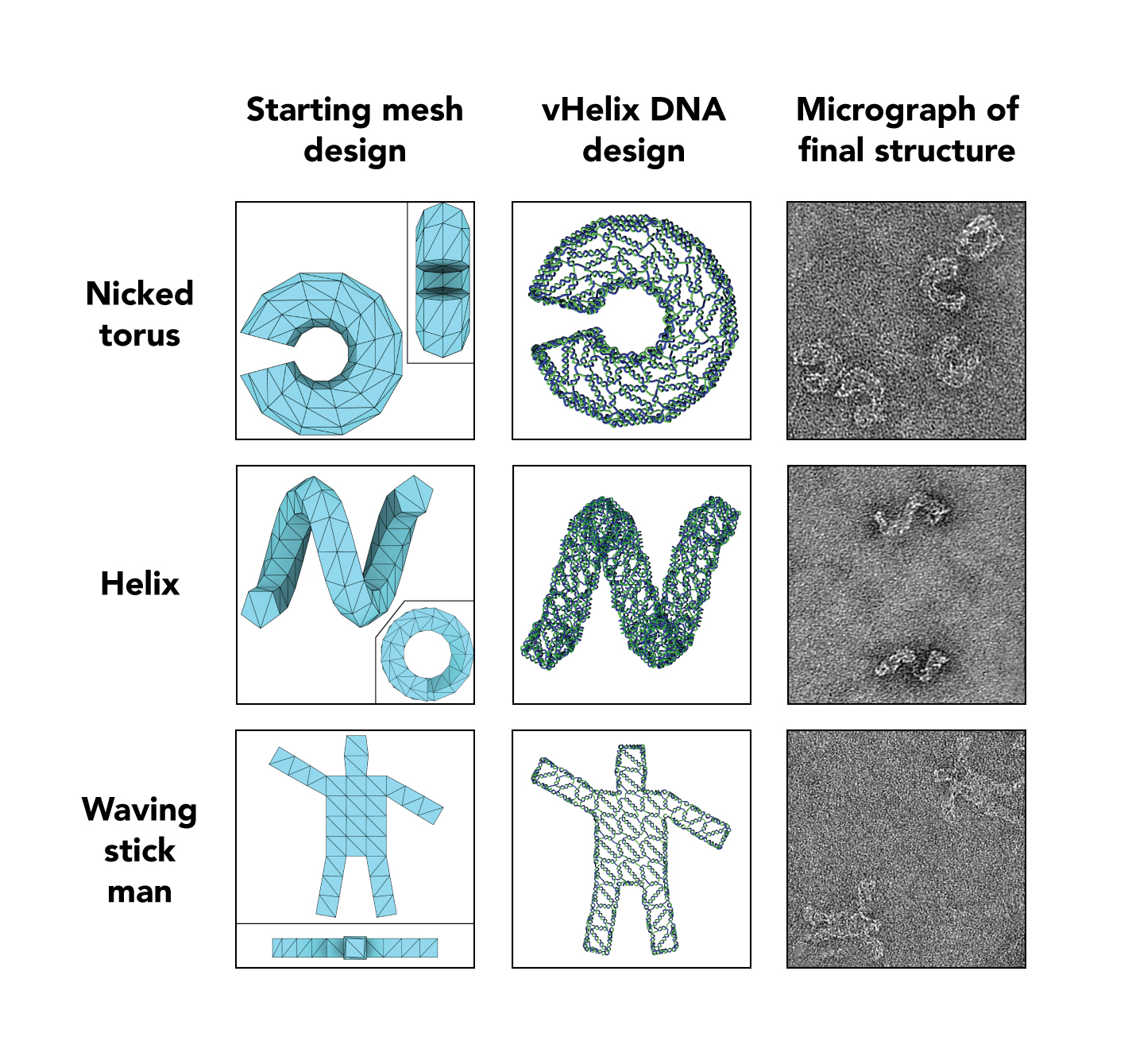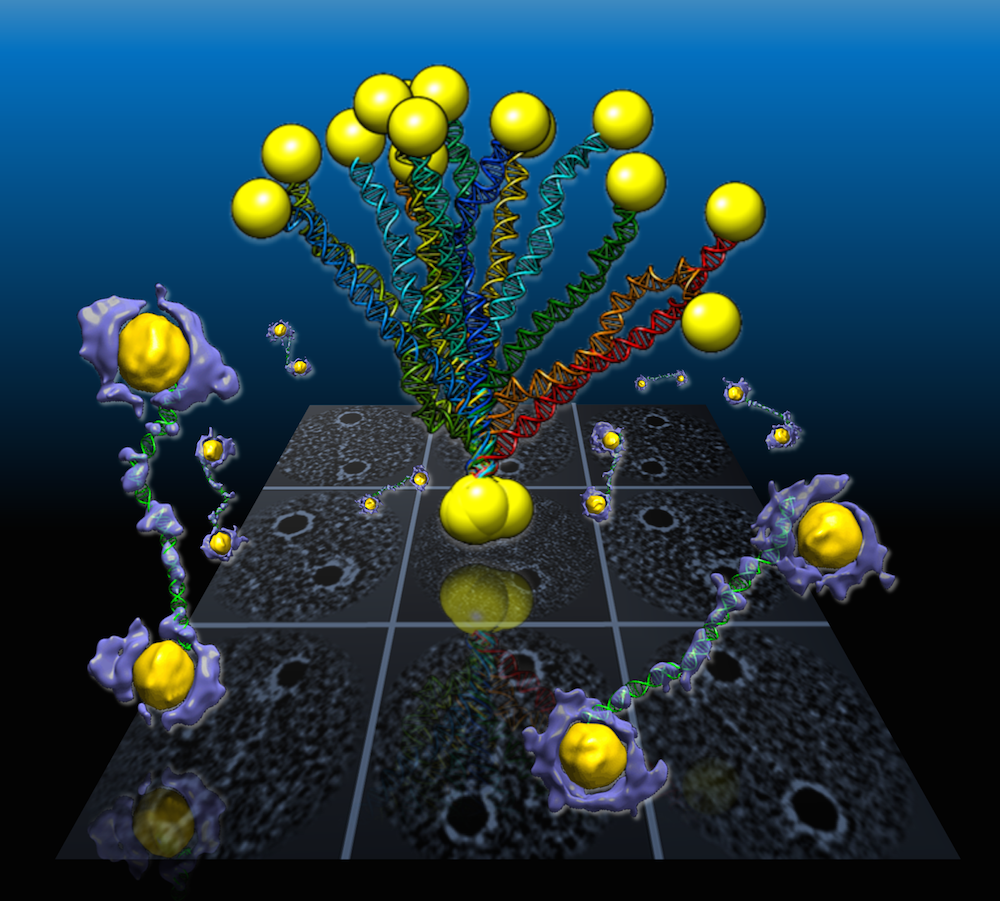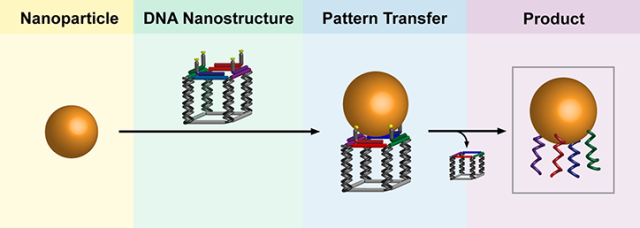




Researchers have built up an algorithm that uses DNA strands to naturally construct 3D nanoparticles, which might be utilized ion many ways such as vaccines, gene editing tools, and memory storage. Researchers can assemble complex, nanometre-scale structures of any shape and frame, utilizing strands of DNA. It's noteworthy that these particles must be designed by hand, which is a complex and relentless procedure. This has restricted the system, known as DNA origami, to only a little gathering of specialists in the field.

Unlike other conventional DNA origami, in which the structure is developed physically by hand, the calculation begins with a straightforward, 3D geometric representation of the last state of the article, and afterward chooses how it ought to be collected from DNA, as indicated by Mark Bathe, associate professor at Massachusetts Institute of Technology (MIT), who drove the exploration. The method might be utilized to create nanoparticles for a much more extensive scope of uses, including frameworks for immunizations, bearers for quality altering devices, and in chronicled memory stockpiling.

"The paper turns the problem around from one in which an expert designs the DNA needed to synthesize the object, to one in which the object itself is the starting point, with the DNA sequences that are needed automatically defined by the algorithm," Bathe said. "Our hope is that this automation significantly broadens participation of others in the use of this powerful molecular design paradigm," he said.

The calculation first represents to the article as a superbly smooth, nonstop framework of its surface. It then splits the surface up into a progression of polygonal shapes. Next, it highways a long, single strand of DNA, called the platform, which acts like a bit of string, all through the whole structure to hold it together. The calculation weaves the platform in one quick and proficient stride, which can be utilized for any state of the 3D item, Bathe said.

"That step is a powerful part of the algorithm, because it does not require any manual or human interface, and it is guaranteed to work for any 3D object very efficiently," he said. The calculation, which is known as DAEDALUS (DNA Origami Sequence Design Algorithm for User-defined Structures) after the Greek specialist and craftsman who composed mazes that take after origami's mind boggling platform structures, can fabricate any kind of 3D shape if it has a shut surface. The study was published in the journal Science.
Also Read: Samsung Gear VR: A Gadget Worth Paying Rs. 8,2000 For Amazing Experiences
Must Visit Our Google+ Community Page For Latest And Updated Technology Happenings Around The Globe.